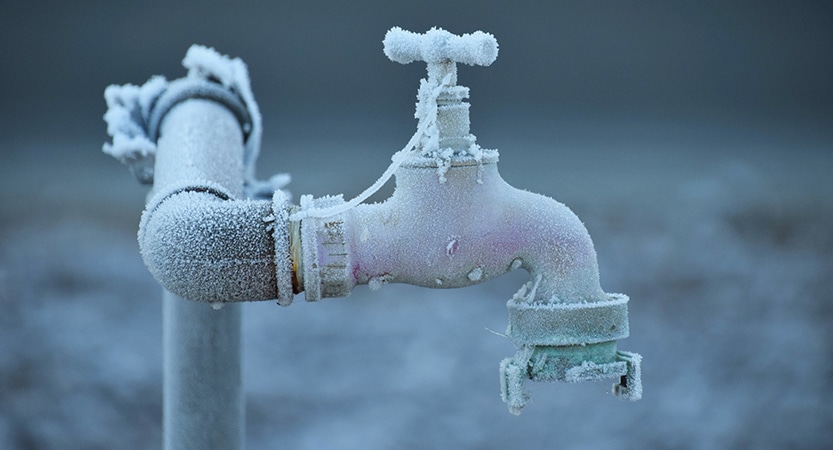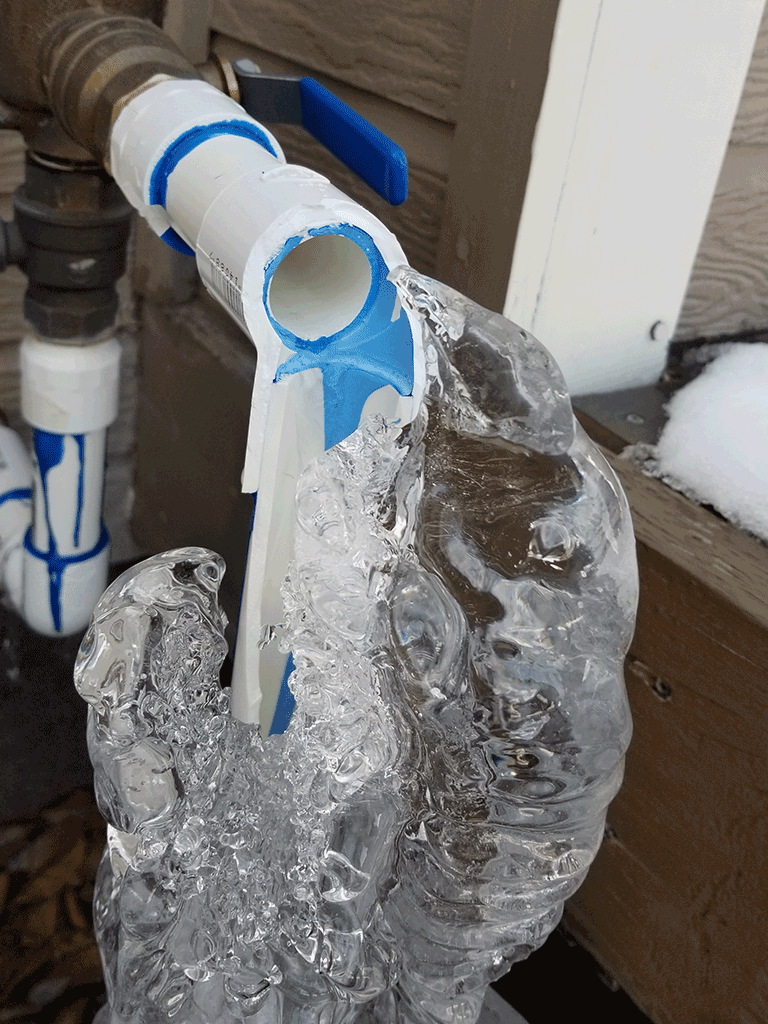Protecting Pipes from Cold Weather Damage: Essential Tips
Protecting Pipes from Cold Weather Damage: Essential Tips
Blog Article
How do you really feel with regards to Winter Plumbing Precautions: Preventing Frozen Pipes?

Cold weather can ruin your plumbing, specifically by freezing pipes. Right here's exactly how to stop it from happening and what to do if it does.
Intro
As temperature levels decrease, the threat of icy pipes boosts, possibly bring about pricey repair services and water damage. Understanding just how to avoid frozen pipelines is important for homeowners in cool climates.
Recognizing Frozen Pipelines
What causes pipelines to freeze?
Pipes ice up when exposed to temperature levels below 32 ° F (0 ° C) for expanded periods. As water inside the pipelines freezes, it broadens, taxing the pipe walls and possibly creating them to burst.
Risks and problems
Icy pipelines can lead to water system disturbances, residential or commercial property damage, and costly repair services. Ruptured pipelines can flooding homes and create considerable architectural damages.
Signs of Frozen Pipes
Identifying frozen pipes early can stop them from breaking.
Just how to recognize icy pipelines
Try to find reduced water flow from faucets, uncommon smells or sounds from pipes, and visible frost on revealed pipelines.
Prevention Tips
Insulating vulnerable pipelines
Wrap pipes in insulation sleeves or make use of warm tape to safeguard them from freezing temperatures. Concentrate on pipes in unheated or external areas of the home.
Heating strategies
Maintain interior rooms adequately heated up, specifically locations with pipes. Open cupboard doors to permit warm air to circulate around pipes under sinks.
Shielding Outside Plumbing
Garden hoses and outdoor taps
Detach and drain yard hose pipes prior to winter. Install frost-proof faucets or cover outside taps with shielded caps.
What to Do If Your Pipelines Freeze
Immediate activities to take
If you believe icy pipes, maintain faucets open to soothe pressure as the ice melts. Utilize a hairdryer or towels taken in hot water to thaw pipelines gradually.
Long-Term Solutions
Structural modifications
Take into consideration rerouting pipelines away from exterior wall surfaces or unheated locations. Include extra insulation to attics, basements, and crawl spaces.
Upgrading insulation
Invest in high-quality insulation for pipes, attics, and walls. Proper insulation aids keep constant temperatures and decreases the danger of icy pipes.
Conclusion
Protecting against icy pipelines requires positive measures and quick actions. By understanding the causes, indicators, and preventive measures, property owners can protect their pipes during winter.
5 Ways to Prevent Frozen Pipes
Drain Outdoor Faucets and Disconnect Hoses
First, close the shut-off valve that controls the flow of water in the pipe to your outdoor faucet. Then, head outside to disconnect and drain your hose and open the outdoor faucet to allow the water to completely drain out of the line. Turn off the faucet when done. Finally, head back to the shut-off valve and drain the remaining water inside the pipe into a bucket or container. Additionally, if you have a home irrigation system, you should consider hiring an expert to clear the system of water each year.
Insulate Pipes
One of the best and most cost-effective methods for preventing frozen water pipes is to wrap your pipes with insulation. This is especially important for areas in your home that aren’t exposed to heat, such as an attic. We suggest using foam sleeves, which can typically be found at your local hardware store.
Keep Heat Running at 65
Your pipes are located inside your walls, and the temperature there is much colder than the rest of the house. To prevent your pipes from freezing, The Insurance Information Institute suggests that you keep your home heated to at least 65 degrees, even when traveling. You may want to invest in smart devices that can keep an eye on the temperature in your home while you’re away.
Leave Water Dripping
Moving water — even a small trickle — can prevent ice from forming inside your pipes. When freezing temps are imminent, start a drip of water from all faucets that serve exposed pipes. Leaving a few faucets running will also help relieve pressure inside the pipes and help prevent a rupture if the water inside freezes.
Open Cupboard Doors
Warm your kitchen and bathroom pipes by opening cupboards and vanities. You should also leave your interior doors ajar to help warm air circulate evenly throughout your home.

I found that post on 6 Ways to Prevent Frozen Pipes while doing a search on the web. Enjoyed reading our blog entry? Please share it. Help other people find it. I recognize the value of reading our article about How to Prevent Your Pipes From Freezing.
Call Today Report this page